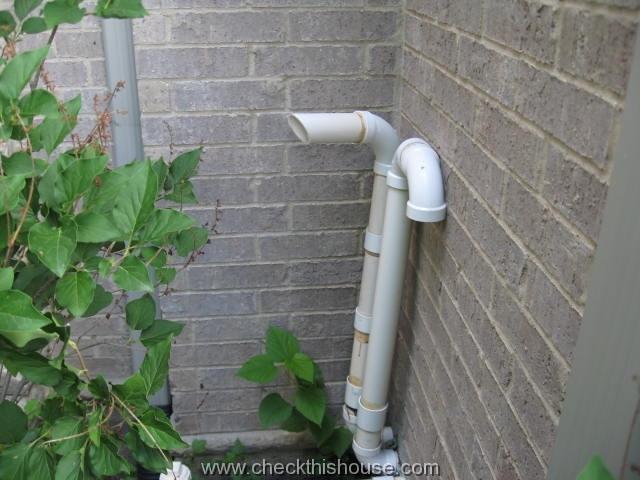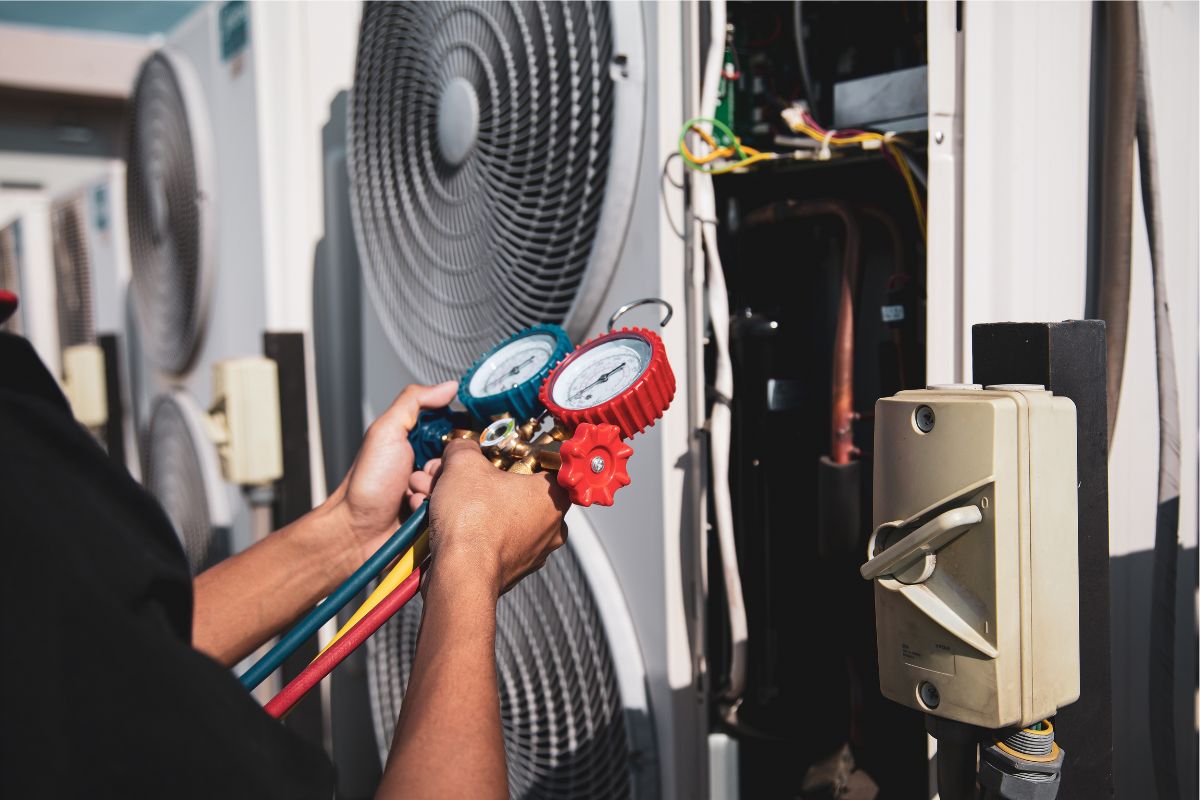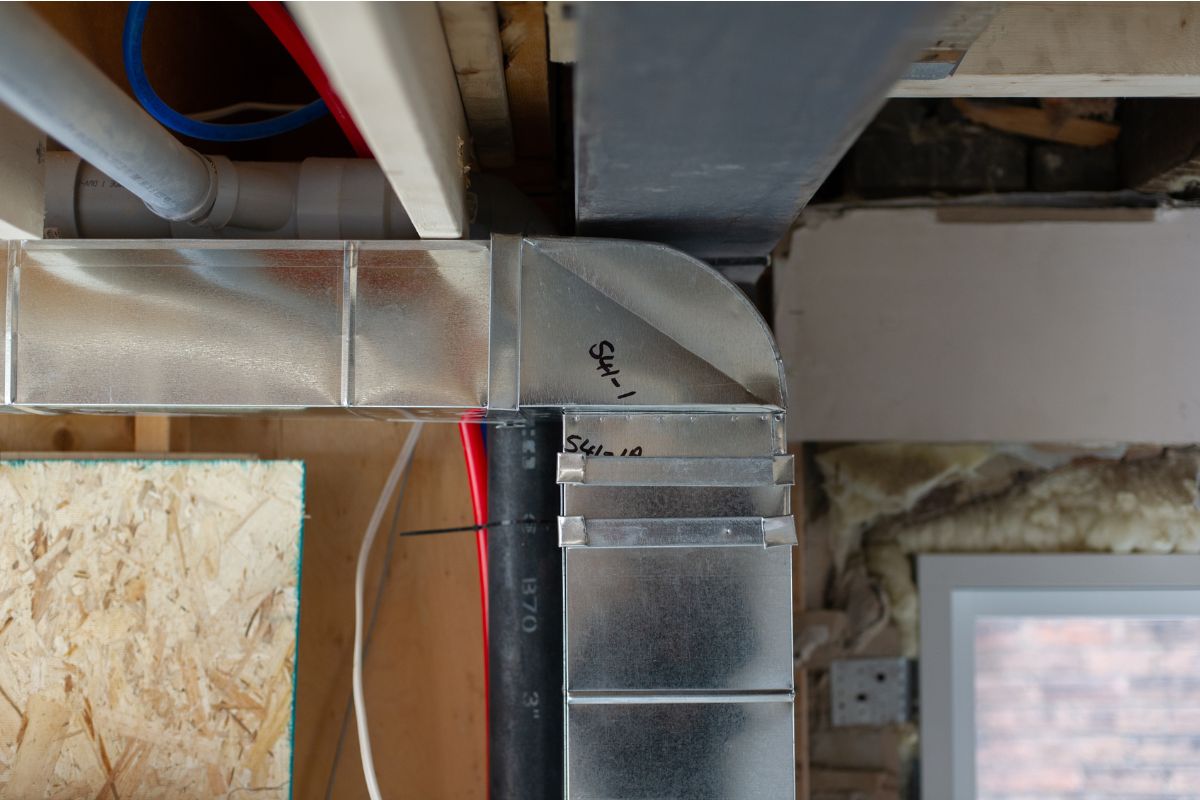 With the Federal government enforcing new energy efficiency standards as of May 1st, 2013, this will be the last winter that consumers can buy a down and dirty 80% AFUE (Annual Fuel Utilization Efficiency)gas furnace. As of May 1st, northern contractors can only sell and homeowners will be forced to buy 90% AFUE furnaces (or greater). Here in the colder climate, this will mean abandoning existing masonry chimneys for direct PVC venting as 90% furnaces cannot be vented into existing chimneys without causing serious condensation problems. This, however, may not eliminate chimney condensation and deterioration because many homeowners will have separate gas hot water heaters still venting into masonry chimneys without the 80% furnace and will need a chimney liner to prevent condensation and mortar erosion. This will be a boon for chimney companies, but a major expense for homeowners already reeling from the current economic pressures. The added costs of a chimney liner, higher efficiency furnace, condensate drain and PVC venting could add $2000 to $3000 to an installation. The DOE has estimated that consumers will save 11% in fuel costs only by installing a 90% gas furnace in lieu of an 80% gas furnace, so clearly the ROI might never be met because of the added installation costs. In the long run, the DOE is estimating that consumers will only save $175 over the life of the furnace when additional installation costs are considered. This does not take into account the added cost of a chimney liner for existing hot water heaters. It also does not take into account the savings created by a two stage 80% gas furnace at partial load. Based upon these numbers, the lower life cycle cost savings (including installation differential) would come from a two stage 80% gas furnace over a 90% single stage condensing gas furnace.
With the Federal government enforcing new energy efficiency standards as of May 1st, 2013, this will be the last winter that consumers can buy a down and dirty 80% AFUE (Annual Fuel Utilization Efficiency)gas furnace. As of May 1st, northern contractors can only sell and homeowners will be forced to buy 90% AFUE furnaces (or greater). Here in the colder climate, this will mean abandoning existing masonry chimneys for direct PVC venting as 90% furnaces cannot be vented into existing chimneys without causing serious condensation problems. This, however, may not eliminate chimney condensation and deterioration because many homeowners will have separate gas hot water heaters still venting into masonry chimneys without the 80% furnace and will need a chimney liner to prevent condensation and mortar erosion. This will be a boon for chimney companies, but a major expense for homeowners already reeling from the current economic pressures. The added costs of a chimney liner, higher efficiency furnace, condensate drain and PVC venting could add $2000 to $3000 to an installation. The DOE has estimated that consumers will save 11% in fuel costs only by installing a 90% gas furnace in lieu of an 80% gas furnace, so clearly the ROI might never be met because of the added installation costs. In the long run, the DOE is estimating that consumers will only save $175 over the life of the furnace when additional installation costs are considered. This does not take into account the added cost of a chimney liner for existing hot water heaters. It also does not take into account the savings created by a two stage 80% gas furnace at partial load. Based upon these numbers, the lower life cycle cost savings (including installation differential) would come from a two stage 80% gas furnace over a 90% single stage condensing gas furnace.
For those who do not want to incur the added expenses associated with installing a 90%+ condensing furnace, it might be a good idea to replace early this winter and ensure that you have another 15 years before you have to face the additional work required by the new code standards.
As always, to keep up to date with what’s new in HVAC technology, visit our website at airideal.com and follow us on Twitter @airideal and at our Facebook page!

Other Blogs
June 26, 2025 |
2 min read
May 22, 2025 |
2 min read


